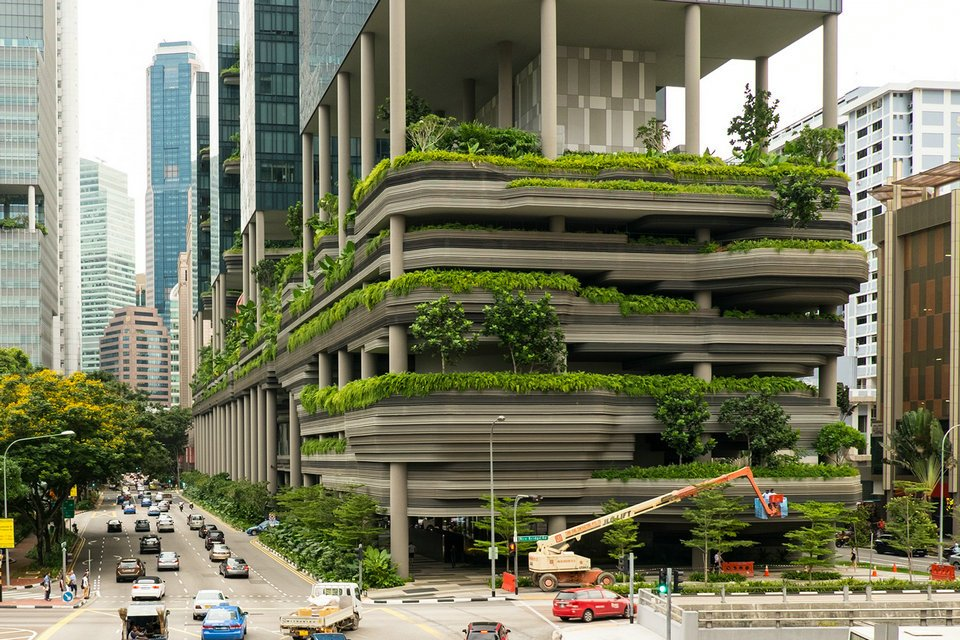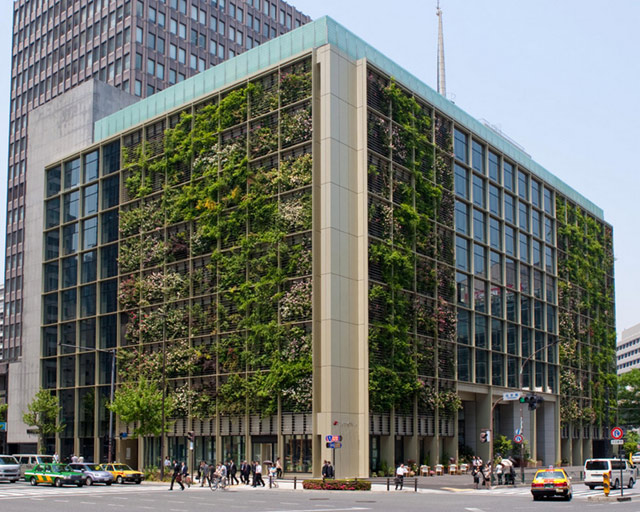
Urban Green Building Initiatives: Transforming Cityscapes sustainably
Introduction:
As urbanization accelerates worldwide, cities are faced with the dual challenge of accommodating growing populations and mitigating environmental impact. Urban green building initiatives have emerged as a powerful solution to create sustainable, resilient, and livable cityscapes. This article explores the innovative strategies and initiatives that cities are adopting to integrate green building practices into their urban fabric.
1. **Green Roof and Vertical Gardens:**
Green roofs and vertical gardens are transformative additions to urban landscapes. Green roofs, which involve covering building surfaces with vegetation, provide insulation, reduce stormwater runoff, and improve air quality. Vertical gardens, integrated into building facades, not only enhance aesthetics but also contribute to biodiversity and temperature regulation.
2. **LEED and Sustainable Certification Programs:**
Cities are increasingly adopting sustainable building certification programs like LEED to set standards for environmentally responsible construction. These programs encourage the use of energy-efficient technologies, sustainable materials, and innovative design practices, leading to the creation of buildings that are both eco-friendly and economically viable.
3. **Mixed-Use Development:**
Urban green building initiatives often promote mixed-use developments that combine residential, commercial, and recreational spaces. This approach minimizes the need for extensive commuting, reducing carbon emissions and creating more sustainable, walkable neighborhoods.
4. **Smart Infrastructure and IoT Integration:**
The incorporation of smart technologies and the Internet of Things (IoT) into urban planning enable real-time monitoring and optimization of building operations. Smart infrastructure, such as energy-efficient lighting, waste management systems, and intelligent transportation, enhances resource efficiency and contributes to overall sustainability.
5. **Renewable Energy Integration:**
Cities are harnessing renewable energy sources like solar and wind power to meet their energy needs. Integrating solar panels into building designs, installing wind turbines in urban areas, and exploring other renewable energy solutions help reduce dependence on non-renewable sources and lower carbon emissions.
6. **Community Engagement and Education:**
Successful green building initiatives involve the active participation of the community. Cities are initiating outreach programs and educational campaigns to raise awareness about the benefits of sustainable living, energy conservation, and the importance of green building practices.
7. **Adaptive Reuse and Brownfield Redevelopment:**
Instead of demolishing existing structures, cities are increasingly focusing on adaptive reuse and brownfield redevelopment. Converting old warehouses into eco-friendly lofts, repurposing industrial sites, and transforming disused spaces contribute to sustainable urban development by preserving resources and minimizing waste.
8. **Resilient Urban Planning:**
Green building initiatives are integral to creating resilient cities capable of withstanding environmental challenges. This includes designing buildings that can withstand extreme weather events, incorporating green spaces to mitigate heat island effects, and ensuring water management systems that can handle increased precipitation.
9. **Incentives for Sustainable Construction:**
Municipalities are offering incentives such as tax breaks, density bonuses, and expedited permitting for developers who adopt green building practices. These incentives not only encourage sustainable construction but also foster a culture of environmental responsibility within the building industry.
10. **Civic Collaboration and Policy Development:**
Urban green building initiatives often require collaborative efforts between city governments, private enterprises, and local communities. Cities are developing comprehensive policies that prioritize sustainability, regulate construction practices, and set clear goals for reducing carbon emissions and enhancing overall environmental performance.
Conclusion:
Urban green building initiatives are at the forefront of transforming cityscapes into environmentally responsible, resilient, and vibrant spaces. As cities continue to grapple with the challenges of rapid urbanization and climate change, the adoption of sustainable building practices becomes not only a necessity but a strategic imperative. By integrating green building initiatives into urban planning, cities can pave the way for a more sustainable future, where the built environment harmonizes with nature, promotes well-being, and addresses the pressing global challenges of our time.



